This was a project idea I came up with for a recent Hackathon in Portland, but for that event we were given Intel Edisons to develop with. While the core Edison is quite small, the prototyping board for it was huge, far too large for a personal device, but adequate for proving the concept worked and could be built. This is version 2.0 of that idea but using a LightBlue Bean as the device, which is much smaller, has its own battery and bluetooth, and can interface directly to the lightning sensor.
The Lightblue Bean offers a number of useful features that will made the second generation of this idea even more sophisticated than the original idea (which we prototyped with an Intel Edison and development board).
Since the Bean has BLE bluetooth native to the device, it can easily interface with the phone (Android or IOS) and query the weather API with current Lat/Long coordinates to screen it for any current or predicted weather issues that the user would want to know about.
The accelerometer can be used to conserve battery life since if the device (and the person holding/wearing it) isn't moving, we don't need to re-acquire GPS location.
The small size of the Bean is also much more conducive to a small wearable that can be carried as a pendant or a device clipped to a belt, pocket, or strap.
Another feature that we didn't have time to implement during the frantic Hackathon that I am looking forward to completing is to leverage this as a "mesh" alert system. The lightning sensor being used here can detect lightning arcs or strikes up to about 40 km away. But since we have access to the latitude and longitude of each device, and can upload strike information to the cloud (pun intended), we can provide extended alert coverage to other users outside of their 40km range. It's a simple calculation to determine the distance between devices and remotely notify a user if another device in say an 80 to 100 km perimeter detected a lightning strike. Given than a single bolt of lightning can travel up to 25-40 km from its origin, extending that umbrella of warning by using shared (but anonymous) data will be a huge help.
 brian bloom
brian bloom
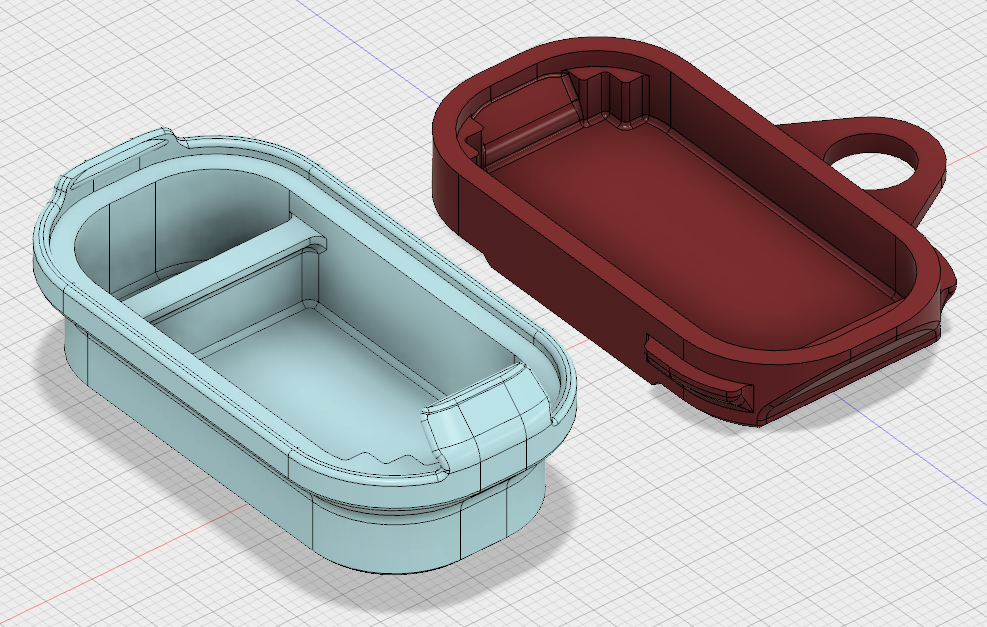
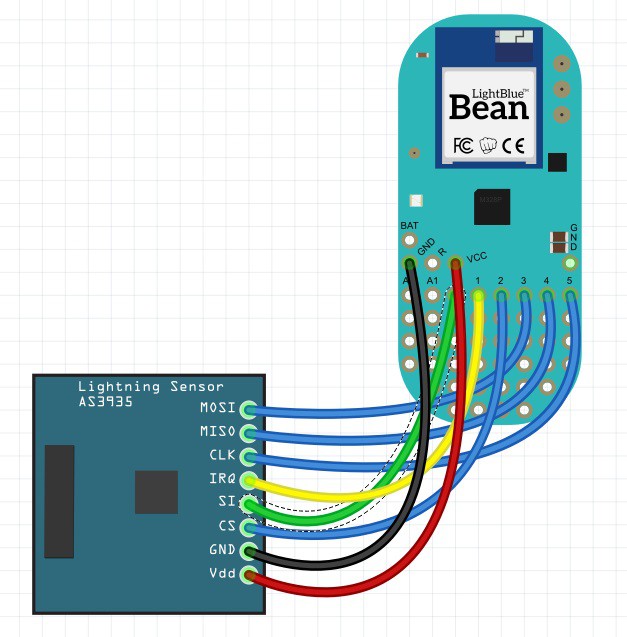




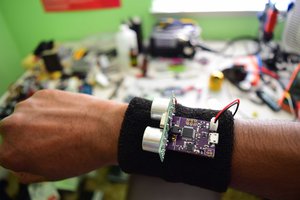
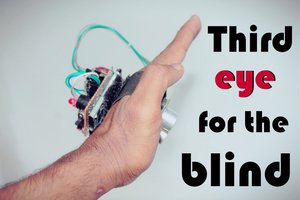
 Muhammed Azhar
Muhammed Azhar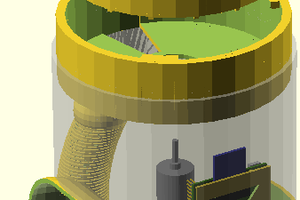
 bsutton
bsutton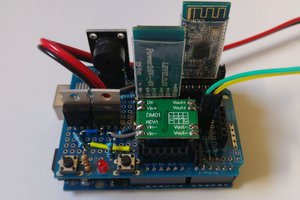
 Arik
Arik
I checked the website,, nice way to protect my OFF-GRID inverter when running 24/7 for refrigeration.